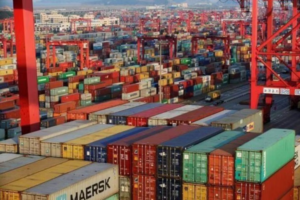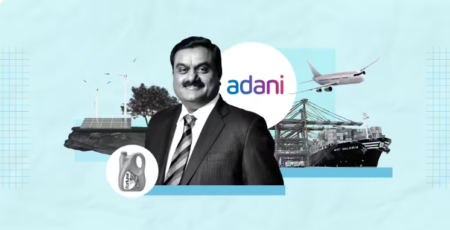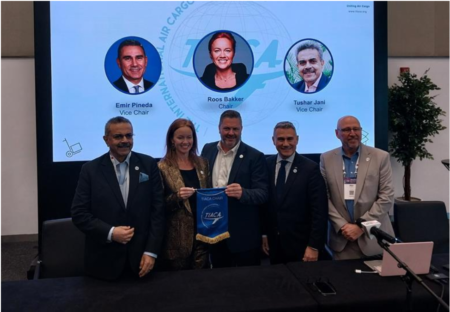India’s aviation growth demands a robust, self-reliant MRO ecosystem to ensure aircraft safety, reduce foreign dependency, and boost domestic capability through technology, collaboration, and policy support in line with the Atmanirbhar Bharat vision.

India’s aviation future depends on building a self-reliant MRO ecosystem
India, as we all know, is the fastest-growing economy, and its major reflection is seen in the aviation sector, where today more than 800 commercial aircraft cater to the flying demand. The growth momentum of this sector has resulted in airlines confidently investing capital to increase capacity. While growth is a positive development, the challenge lies in ensuring the airworthiness and safety of a growing fleet of aircraft.
In this context, Maintenance, Repair, and Overhaul (MRO) facilities at Indian airports gain significance. MROs are facilities that enable an aircraft to be overhauled or repaired at designated locations near airports. Today, the capacity of MROs in terms of servicing large-bodied aircraft, turnaround time (as each day of lost operation is a loss of traffic to airlines), technology level, hangar availability, and compliance with aviation regulations are key factors.
Dependence on foreign MROs
Since the growth of the aviation sector, developing an MRO facility was identified as a key need because Indian aircraft had to go to foreign MRO facilities in Singapore, Malaysia, Dubai, etc., incurring heavy foreign exchange losses, estimated at over USD 1 billion per year in 2019–20 and now well above USD 2 billion annually. To minimise this, airports in India identified spaces for MRO facilities, albeit with limited capacity.
The setup of the MIHAN SEZ in Nagpur attracted aviation service companies. According to average estimates and the NITI Aayog report, India’s MRO industry was valued at USD 1.7 billion in 2021 and is projected to reach USD 4 billion by 2031, growing at a CAGR of 8.9 percent, higher than the global average of 5.6 percent. However, despite strong growth potential, outsourcing of services to foreign MROs still continues.
Call for Atmanirbharata
It is here that we need to consider Atmanirbharata in our MRO business. With more than 1,500 aircraft expected by 2030, there is a need for a robust MRO ecosystem in India, where multiple heavy-bodied aircraft can be serviced simultaneously, essential parts are readily available, and cutting-edge technology ensures quick turnaround. Most importantly, we must develop facilities that not only overhaul airframes but also maintain critical machinery and aircraft engines.
Steps towards self-reliance
The development of large airports like the upcoming Jewar Airport and the reduction in GST for MRO services from 18 to 5 percent are positive steps in this direction. However, we must promote greater collaboration with domestic and international players, experiment with PPP models for MRO facilities, increase sectoral funding, develop more aerospace clusters like MIHAN SEZ, attract R&D investments, and introduce tax incentives to stimulate growth.
With a large pool of engineers and technology professionals, achieving Atmanirbharata in the MRO business is not a distant dream; it is an achievable goal that can strengthen India’s position in global aviation services.











